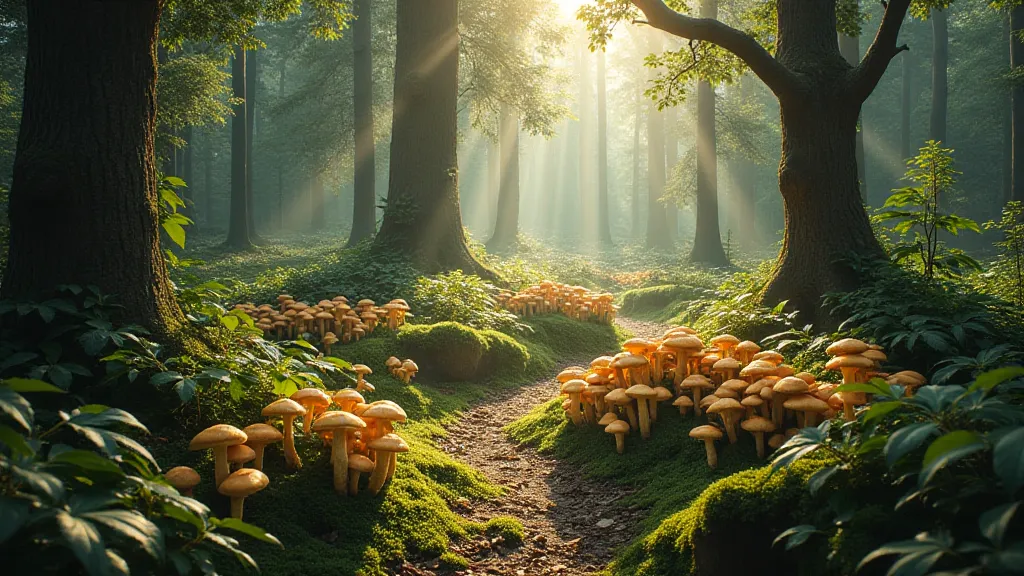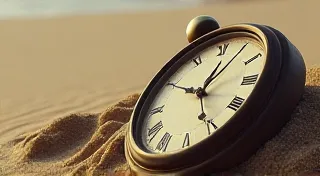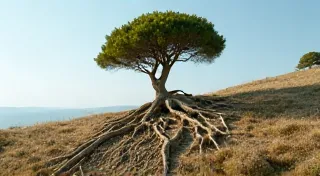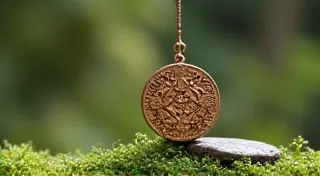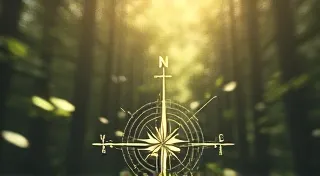Chronicles of the Verdant Spell: Fairy Rings and Temporal Distortion
The scent of damp earth and decaying leaves, a circle of luminous fungi pulsating beneath a canopy of ancient trees… Fairy rings. They’re more than just curious botanical formations; they are portals to whispers of the past, embodiments of a worldview where the veil between our reality and something… other… is thin indeed. My own fascination began not with scientific inquiry, but with a dusty, antique accordion my grandfather salvaged from an estate sale. The bellows were cracked, the keys stuck, but the ivory gleamed with the ghost of melodies once played in forgotten ballrooms. He’s gone now, but I can still hear him say, “Listen closely, child. Old things hold stories you can’t read in books.” It’s that sentiment that draws me to the folklore of fairy rings – a living archive of belief woven into the very fabric of the landscape.
Across Europe and beyond, cultures have long associated these fungal circles with the fairy folk. The term "fairy ring" itself is a relatively modern one, arising in the 17th century, but the underlying beliefs are demonstrably older, rooted in pagan traditions and early Christian interpretations of the natural world. Initially, these rings were often seen as cursed locations, places to be avoided lest one incur the wrath of the spirits residing within. The sheer visual anomaly – a perfect circle of life springing from the earth – was unsettling to a mind accustomed to a more predictable, ordered universe. What purpose could such a thing serve? The answer, naturally, wasn’t found in botany, but in the realm of myth.
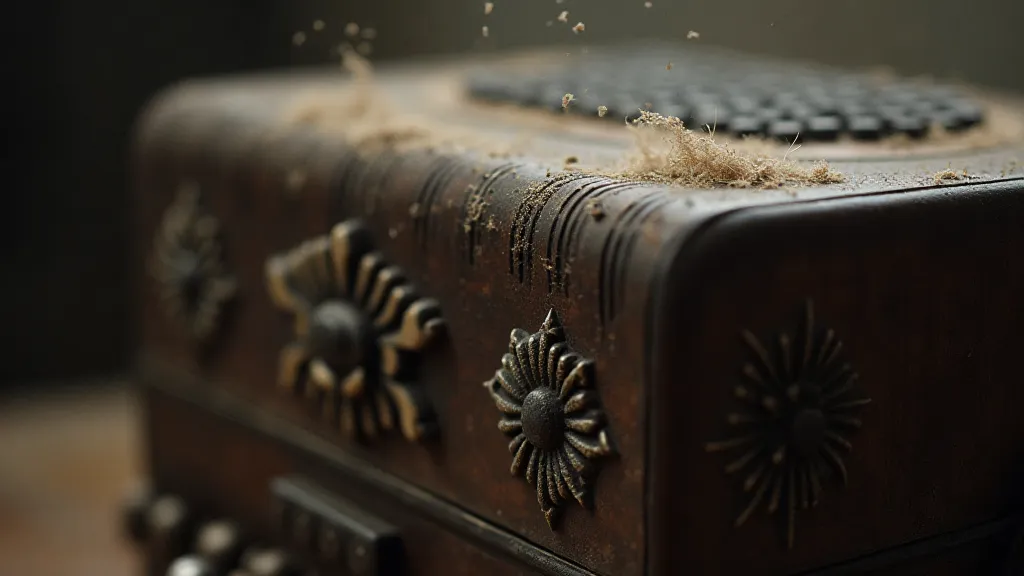
Temporal Lapses and Lost Hours
But it wasn’t simply fear that shaped the folklore surrounding fairy rings. More often, the narratives spoke of disorientation, of temporal distortion. The most common – and perhaps most unsettling – belief centers on the phenomenon of “lost hours.” Numerous accounts from across Britain, Ireland, and Scandinavia detail individuals who, venturing near a fairy ring, return to find that hours – or even days – have passed without their awareness. A shepherd tending his flock, a child playing games, a traveler taking a shortcut… all drawn into the ring’s influence, only to emerge blinking into a vastly different time.
One particularly evocative tale comes from Cornwall, dating back to the late 18th century. A young farmhand, Thomas Trevorrow, purportedly wandered into a fairy ring while searching for a stray lamb. His family searched for him for three days, fearing the worst. He reappeared, claiming he had only been gone for a few minutes, yet his clothes were torn, his beard grown long, and he spoke of witnessing scenes that could only be described as fantastical – processions of shimmering beings dancing beneath the moonlight. Skeptics dismissed his story as delirium, but the palpable fear in his family's eyes spoke of a deeper, unsettling truth.
These accounts aren't always dramatic. Sometimes, it’s simply a feeling of disorientation – a sense that time has slipped sideways, that moments are stretched or compressed in a way that defies logic. Imagine restoring an antique accordion, meticulously cleaning each key, painstakingly repairing the bellows. You become completely absorbed in the process, losing all track of time. You emerge from your workshop to find that the sun has set, and the world outside has shifted its pace, leaving you feeling strangely out of sync.
Jumps Forward and Echoes of the Past
Beyond lost hours, some narratives suggest more radical temporal shifts. Tales speak of individuals experiencing jumps forward in time – glimpses of future events or a sudden awareness of years having passed. While rarer than accounts of lost hours, these stories are perhaps the most potent, hinting at a far more profound connection between fairy rings and the fabric of chronology. They suggest that these rings aren’t simply pockets of distorted time, but doorways to different epochs.
In rural Germany, a local legend tells of a woodcutter who, after falling asleep within a fairy ring, awoke to find the forest around him had drastically changed. The familiar ancient trees were gone, replaced by younger, unfamiliar varieties. The village he knew was nowhere to be found, and he was forced to navigate a landscape utterly alien to him. While the veracity of such a tale is, of course, debatable, it speaks to a deeply ingrained fear of the unknown, of being cast adrift in the currents of time.
The craftsmanship involved in creating an accordion, even a simple model, is astounding. The careful selection of wood, the precision of the reeds, the intricate mechanics of the bellows… it’s a testament to human ingenuity and a connection to the past. The very act of restoration, of bringing a forgotten instrument back to life, is a form of temporal bridging, a way of connecting with the hands that crafted it decades – or even centuries – ago. It’s easy to imagine someone lost in the intricacies of such a project, momentarily adrift in the echoes of the past.
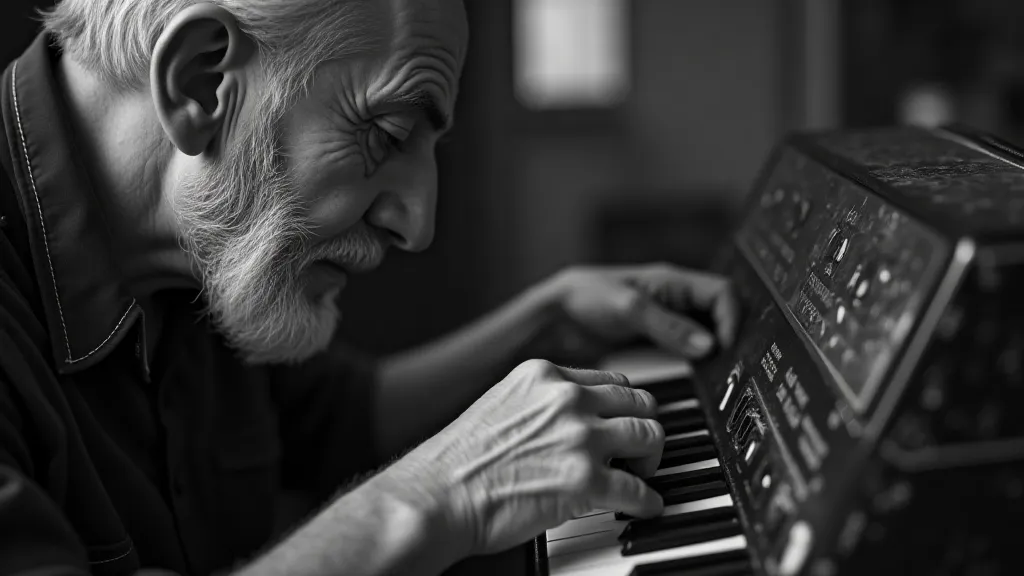
Geographic Variations and Cultural Interpretations
The folklore surrounding fairy rings isn’t monolithic. It varies significantly across cultures and regions, reflecting the unique beliefs and anxieties of each community. In Scandinavia, for example, fairy rings are often associated with the “Huldrefolk,” elusive forest spirits who can lure humans to their doom. In Ireland, they are frequently linked to the “Sidhe,” the ancient Irish fairies, who inhabit underground dwellings and possess immense power. The details differ, but the underlying theme remains consistent: fairy rings are gateways to a realm beyond our own, a realm where the rules of time and space are malleable.
Interestingly, the scientific explanation for fairy rings – the result of fungal mycelia spreading and creating a zone of altered soil conditions – doesn't diminish the power of the folklore. On the contrary, it underscores the human tendency to imbue the natural world with meaning, to find patterns and narratives even where they may not objectively exist. The beauty of the folklore isn’t in its literal truth, but in its ability to capture the human experience of wonder, fear, and the persistent search for meaning in a world that often defies explanation.
Restoring an antique accordion is more than just a mechanical process; it's an act of preservation, a way of safeguarding a piece of history. It's about listening to the whispers of the past, about connecting with the individuals who crafted and played the instrument before you. And sometimes, as you immerse yourself in the work, you might catch a glimpse of something else – a fleeting sense of disorientation, a momentary blurring of the boundaries between past, present, and future – a subtle echo of the magic that lingers within the verdant spell of the fairy ring.
